Should you close your Limited Company using an MVL?
Closing your Limited Company – your options
For many business owners, there will come a time when you want to close your company for one reason or another. But until that point, you likely won’t have thought much about the process or have much knowledge on how to be most tax efficient when closing your company.
So if you’re thinking ‘how do I close my Limited Company?’ In this blog we’ll cover the steps, and what you need to know when going through this process.
What is Member’s Voluntary Liquidation (MVL)?
Using a Member’s Voluntary Liquidation (MVL) is one of the most tax-efficient ways of closing down your Limited Company, especially if your business has final profits of £25,000 or more. But to do so, your company must be solvent. This means that your company has more assets than it does liabilities and is capable of paying back all its debts in full (including interest when due).
If your company meets those requirements it can use an MVL, which allows any distributions to your company’s shareholders to be treated as Capital Gains and therefore may mean that it’ll qualify for Business Asset Disposal Relief (BADR), providing a Capital Gains Tax rate of 10%, then 14% from April 2025, and 18% from April 2026.
For comparison, if you were to instead close your company without an MVL, distributions of over £25,000 would be taxed as dividend income, with rates reaching up to 39.35% for additional-rate taxpayers.
MVL process step-by-step
- Appoint a Liquidator – Keep in mind that your company’s liquidation, including asset sales and profit distribution, can only be managed by a licensed insolvency practitioner.
- Declaration of solvency – This is the declaration stating your company is capable of paying all its debts within 12 months before the start of the MVL process, which you must make as a director of your Limited Company.
- Distribution of remaining assets – After all liabilities are settled, the remaining profits are distributed amongst your company’s shareholder(s) as capital, which could potentially be eligible for BADR.
- Company closure – Finally, after all your company’s assets have been distributed, your liquidator will apply to Companies House for company dissolution.
How much does MVL cost?
Typically, completing a MVL will cost you between £1,500 – £5,000. Whilst this is a large fee, the amount of tax savings on your distributions can make the process far more viable financially, especially when your company’s profits are over £25,000.
BADR requirements
- Eligible Individuals – Only company directors or employees that hold at least 5% of the company’s shares and voting rights can be eligible.
- Qualifying assets – includes either the whole of a company or part of it owned for at least 2 years, at least 5% ownership for 2 years with shares in a trading company, or assets sold within 3 years of the business no longer being a trading company.
- Relief rate – BADR allows a 10% Capital Gains Tax rate on qualifying gains up to a lifetime limit of £1 million.
- Qualifying period – All assets must be held for a minimum period of two years before disposal.
- How to claim – All claims must be made through your Self-Assessment within 12 months from the 31st of January following the tax year of disposal.
- Restrictions – Your company must be a trading company, and as such you must also meet the shareholding and employment requirements.
Targeted Anti-Avoidance Rule (TAAR)
The TAAR stops shareholders from making use of certain techniques to avoid income tax. It does this by preventing you to close your company and then setting up a new one in the same trade within 2 years of the prior closure. If TAAR is triggered, distributions will be taxed as income rather than capital. They would therefore be disqualified from being eligible for BADR. For more detailed advice on HMRC’s TAAR rules for closures, take a look at the HMRC website.
Need more guidance on MVL on how to close your Limited Company? Get in touch!
If you’re thinking about ways to close your company now or want to know more about the process in case you need to in the future, simply get in touch with your dedicated SG Client Director who will be able to explain MVL and voluntary strike-off in more detail and how much tax you would be likely to pay. Alternatively, your Client Director can put you in touch with our MVL specialist partners who can handle your company closure. If you’re not yet an SG client, get in contact today to find out more about how we can help you.
Note: All the information and advice in this blog post was correct at the time of writing.







